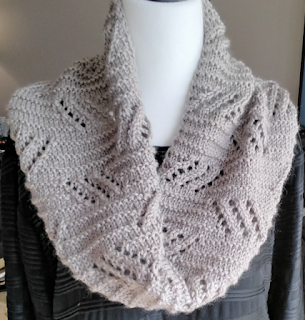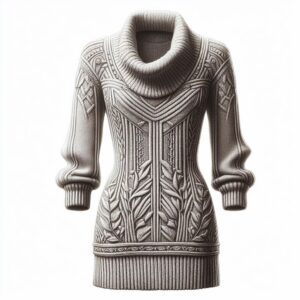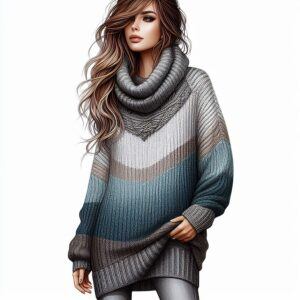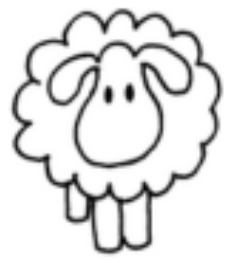
During the Renaissance period, cowls became fashionable among the nobility and upper classes. They were often made from luxurious fabrics such as velvet, silk, and brocade, adorned with elaborate embroidery and embellishments. Cowls were worn as both practical outerwear and as fashionable accessories therefore adding an air of elegance and sophistication to aristocratic attire.
In the 1920s, cowls experienced a resurgence in popularity with the rise of Art Deco fashion. Designers such as Coco Chanel and Jean Patou incorporated cowl necklines into their designs. They created sleek and streamlined silhouettes that epitomized the glamour of the Jazz Age. This style of neckline became synonymous with the effortless chic of the era by adorning evening gowns, cocktail dresses, and even daywear.
 Throughout the 20th century, cowls remained a recurring trend in fashion, evolving to suit the changing tastes and styles of each decade. In the 1970s, the bohemian movement embraced the cowl neck as a symbol of free-spiritedness. The were often seen in flowy, bohemian dresses and tops. In the 1990s, designers such as Calvin Klein and Donna Karan reimagined the cowl neck in minimalist, pared-down designs therebyreflecting the sleek aesthetic of the decade.
Throughout the 20th century, cowls remained a recurring trend in fashion, evolving to suit the changing tastes and styles of each decade. In the 1970s, the bohemian movement embraced the cowl neck as a symbol of free-spiritedness. The were often seen in flowy, bohemian dresses and tops. In the 1990s, designers such as Calvin Klein and Donna Karan reimagined the cowl neck in minimalist, pared-down designs therebyreflecting the sleek aesthetic of the decade.
Modern Day Cowls
In recent years, there has been a notable resurgence of interest in cowl patterns in fashion. Designers and brands have reintroduced the cowl neckline in their collections, offering modern interpretations of this classic style. From cozy sweaters and knit dresses to elegant evening gowns and tailored blouses, cowl necklines are once again a prominent feature in contemporary fashion.
The appeal of cowl patterns lies in their versatility and timeless elegance. Whether draped loosely for a casual, relaxed look or elegantly draped for a more formal occasion, the cowl neckline adds texture, dimension, and visual interest to any outfit. With its rich history and enduring popularity, the cowl pattern continues to captivate fashion enthusiasts and designers alike. This ensures it’s place as a perennial favorite in the world of fashion.
Skill and Understanding Needed to Knit a Cowl
You’ll need basic to intermediate knitting skills. Familiarity with casting on, knitting, purling, and binding off is essential. Depending on the pattern, additional techniques like increasing, decreasing, and seaming may be required. Choose a pattern suited to your skill level. Simpler designs with basic stitches are ideal for beginners, while more intricate patterns offer a challenge for intermediate knitters.
Materials needed typically include:
- Yarn: Choose a yarn weight appropriate for the desired warmth and drape of your cowl. Worsted weight or chunky yarns are popular choices.
- Knitting needles: Select needles in a size recommended by your yarn and pattern.
- Notions: Scissors, tapestry needle for weaving in ends, stitch markers (if needed for pattern), and a row counter (optional).
With the right materials and skills, knitting a cowl can be a rewarding and enjoyable project for knitters of all levels.

Adapting Your Cowl Pattern for YOU
Adapting a cowl pattern to suit personal style and preferences involves customization in several ways. Select a yarn in a color and texture that appeals to you. Adjust the length and width of the cowl to achieve the desired fit and coverage. Experiment with stitch patterns or embellishments to add unique details. Additionally, consider modifying the neckline shape or adding buttons or closures for versatility. By tailoring these elements to your liking, you can create a cowl that reflects your individual style and preferences while still honoring the original pattern’s structure and construction.
Caring for Your New Cowl
To maintain the beauty and longevity of a hand-knit cowl, gently hand wash with a mild detergent in cool water and lay flat to dry. Avoid wringing or twisting to prevent stretching. Store folded or hanging to avoid stretching or distortion.
